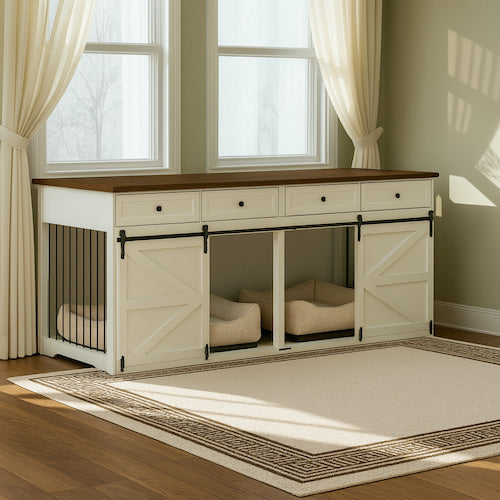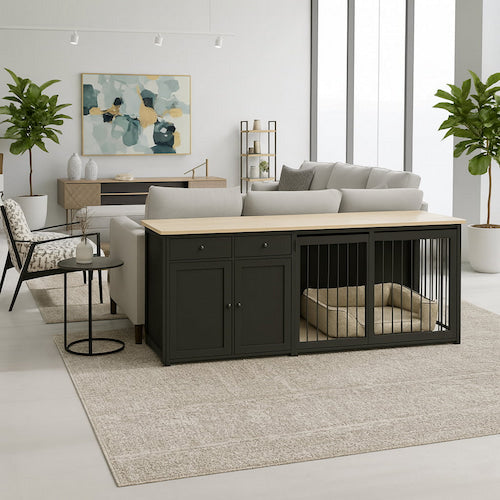The Complete Guide to Choosing the Perfect Tactical Dog Harness
When it comes to outfitting your furry companion, the right gear makes all the difference. For active dogs or working breeds, a tactical dog harness can be an indispensable tool. But with a wide range of options available, how do you choose the perfect tactical harness for your loyal friend? In this guide, we'll walk you through the essential factors to consider, ensuring that your dog's safety, comfort, and performance needs are met.

Why Choose a Tactical Dog Harness?
Tactical dog harnesses are designed for more than just looks. They offer several key benefits:
-
Control: Tactical harnesses give you better control over your dog, especially during activities like hiking, training, or working. The front and back attachment points allow for secure leash attachment, reducing pulling.
-
Durability: These harnesses are built to withstand tough conditions. They often come with reinforced stitching, sturdy hardware, and high-quality materials.
-
Versatility: Many tactical harnesses feature MOLLE (Modular Lightweight Load-carrying Equipment) webbing, allowing you to attach various accessories such as water bottles, pouches, or ID tags.

Our Tactical Harness + Leash Set comes with MOLLE webbing and is a great option for dogs that normally pull during walks.
Factors to Consider When Choosing a Tactical Dog Harness:
-
Size and Fit:
The first and most critical factor is ensuring the harness fits your dog correctly. An ill-fitting harness can cause discomfort or even injury. To find the right size, measure your dog's girth (the widest part of their chest) and compare it to the manufacturer's sizing chart.
-
Material:
Tactical harnesses are commonly made from nylon or polyester, which are durable and easy to clean. Consider the climate and conditions in which you plan to use the harness; some materials are better suited for wet environments.
-
Attachment Points:
Tactical harnesses typically have both front and back attachment points. Front attachments are excellent for dogs that pull on the leash, while back attachments are suitable for well-trained dogs or those involved in activities like hiking or running.
-
Padding:
Look for a harness with ample padding on the chest and back straps. This helps prevent chafing and discomfort during extended use.
-
Adjustability:
A good tactical harness should be highly adjustable to ensure a snug fit. This is especially important for growing puppies or dogs that may change in size due to weight fluctuations.
-
Handle:
Some tactical harnesses come with a built-in handle on the back. This is handy for lifting or controlling your dog when needed.

Our Reflective Dog Harness comes with multiple attachment points, as well as a strong handle for keeping your dog secure during adventures.

How to Measure Your Dog for a Tactical Harness:
-
Measure the girth of your dog's chest just behind the front legs. This is the most crucial measurement for finding the right size harness.
-
Measure the neck circumference if the harness design includes a neck opening.
-
Measure the length of your dog's back from the base of their neck to the base of their tail for harnesses with extended coverage.
-
Use the manufacturer's sizing chart to match your measurements to the appropriate harness size.
For a great selection of harnesses for your dog, visit our page here
Conclusion:
Choosing the perfect tactical dog harness requires careful consideration of your dog's needs and the harness's features. It's an investment in your dog's safety and comfort during adventures, training sessions, or daily walks. Take the time to measure and research, and you'll be rewarded with a high-quality harness that'll enhance your bonding experience with your four-legged friend.






Leave a comment